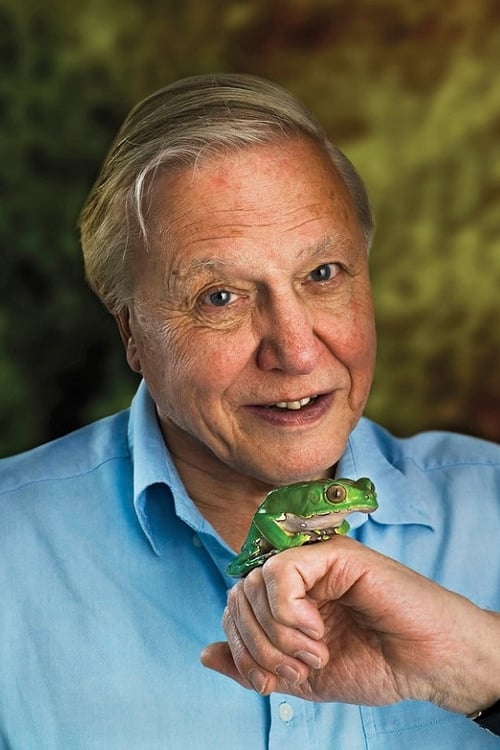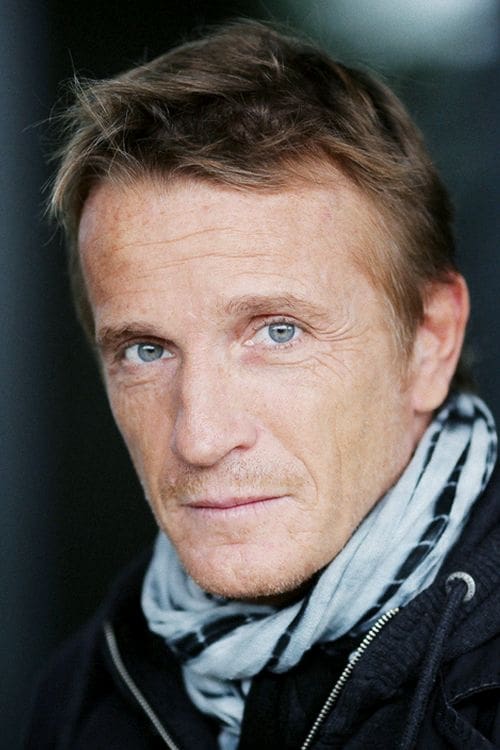Into the Jungle (2018)
Gênero : Documentário
Runtime : 1H 32M
Director : Mark Hanlin
Sinopse
Conservationists Jim and Jean Thomas braved the steamy jungles of Papua New Guinea to save a tree kangaroo from extinction and ended up providing water and sanitation to ten thousand people in one of the most remote places on earth.
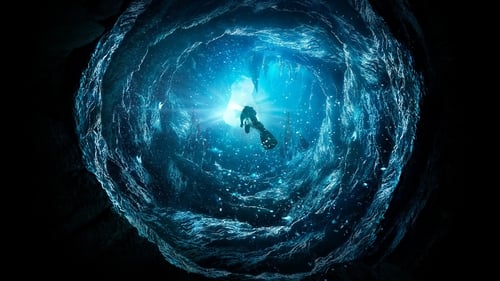
O experiente mergulhador Frank McGuire (Richard Roxburgh) já tinha explorado as cavernas do South Pacific Esa anteriormente, mas uma tempestade tropical forçou que ele e sua equipe, que inclui seu filho Josh (Rhys Wakefield) e o economista Carl (Ioan Gruffudd), alterasse a rota de saída em direção ao mar, fazendo com que eles fossem mais fundo por dentro de um labirinto de cavernas subaquáticas para sobreviver. Mas eles não têm muito tempo e a dúvida é saber se conseguirão sobreviver para contar esta história.

Situado no interior da Austrália, segue o marsupial Bilby, habitante do deserto, através das provações e tribulações da "paternidade", depois de salvar um filhotinho de predadores e, inadvertidamente, se tornar seu protetor.

James Krippendorf é um professor de antropologia viúvo, que tinha recebido uma verba para encontrar a última tribo da Nova Guiné. James fracassa em seu projeto e, com a morte da esposa, que o deixou muito abatido além de ter agora três crianças para cuidar sozinho, acaba gastando todo o dinheiro. Ao invés de admitir que fracassou, ele relata que encontrou a tribo perdida dos "Shelmikedmu". Assim ele se vê obrigado a fantasiar sua família como se fossem membros desta tribo desconhecida e filmá-los como prova de sua "descoberta".
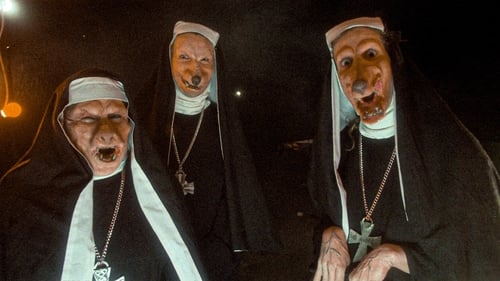
Uma estranha raça de seres meio-humanos, meio-marsupiais, que surge do nada na Austrália e um curioso sociólogo, que passa a estudá-la, se apaixona por uma das fêmeas. O que pode acontecer a partir dessa combinação?

A biografia mostra o começo da vida de Errol Flynn na Austrália, antes de se tornar uma celebridade internacionalmente famosa. Naquela época, ele era um aventureiro, um traficante de ópio, um jogador, um lutador de rua, mulherengo e prospector de ouro.
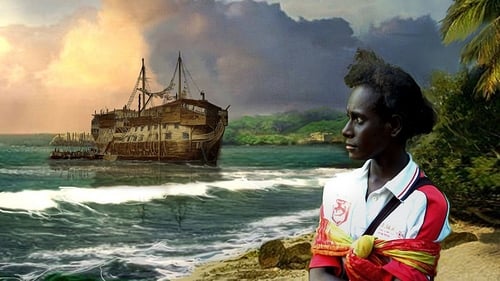
O Sr. Watts é o único homem branco deixado na ilha após o bloqueio. Ele abre a escola e apresenta às crianças o romance "Grandes Esperanças" de Charles Dickens. Matilda, a narradora adolescente do filme, encontra conforto na história de Pip, o órfão vitoriano, quando seu próprio mundo está caindo aos pedaços. Os Redskins, um exército enviado para destruir os rebeldes locais estão se aproximando. Matilda escreve "Pip" na areia. Esse simples ato leva a terríveis consequências quando os Redskins suspeitam que Pip seja um líder rebelde e exigem que ele seja trazido diante deles.
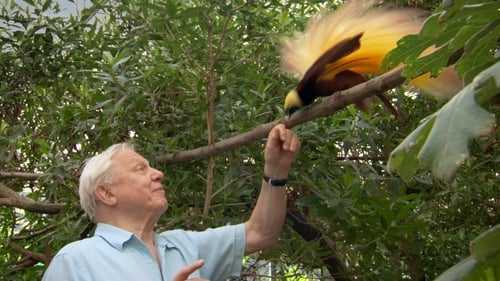
David Attenborough conta a notável história de como estas "aves do paraíso" têm cativado exploradores, naturalistas, artistas, cineastas e até mesmo a realeza.

Tells the story of a university drop out who returns to his village in Buka Passage, Bougainville. He drifts into rootlessness among bad companions, becoming progressively alienated from his parents and village life, with tragic results.

Joe Leahy is the half-caste son of one of the first explorers of the Papua New Guinean interior. The documentary explores his relationship with the tribes that work his coffee plantation and explores what happens when the coffee market situation becomes more difficult.
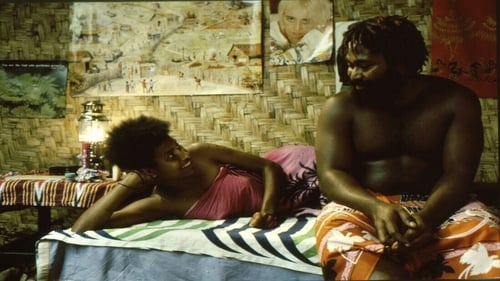
A man encounters colorful characters while driving a taxi in Papua New Guinea.

This is a film about a Naval Air Corps Director who hates the war. Director Honda uses this film to ask the question "What is war?", showing the human bonds between Japan and America, Japanese military tactics which had little regard for life, and the attitude of Japanese military personnel who treated their actions as if they were just doing a job. This film contains few battle scenes, concentrating instead on the love stories of young officers and female members of the community in this lonely air base.

A Pidgin language drama based upon the emergence of Papua New Guinea as an independent nation. A young coastal man, Tonten, is searching for his missing brother. During his travels Tonten meets and marries a Chimbu girl in the highlands, and then he makes his way over the mountains to Port Moresby, the capital of PNG. After finding his brother, Tonten and his wife return to a peaceful life in his village. Wokabaut Bilong Tonten was the first feature film shot in Papua New Guinea with an all-Indigenous cast.

Two anthropologists married to each other go to an island off of Papua New Guinea for field research in pre-World War II. Eventually the war breaks out and many lives are disrupted and complicated.

The film's title is borrowed from a Dani fable that Gardner recounts in voice-over. The Dani people, whom Gardner identifies mysteriously as "a mountain people," believe that there was once a great race between a bird and a snake, which was to determine the lives of human beings. Should men shed their skins and live forever like snakes, or die like birds? The bird won the race, dictating that man must die. The film's plot revolves around two characters, Weyak and Pua. Weyak is a warrior who guards the frontier between the land of his tribe and that of the neighboring tribe. Pua is a young boy whom Gardner depicts as weak and inept.

An Australian widower living in New Guinea starts a relationship with a woman very similar to his much-beloved wife, but their life together turns out to be far from the imagined romantic ideal.

John Waiko is the first Papua New Guinea man to graduate with a PhD and be appointed a professor. He returns to the Binandere clan and his small village of Tabara in the Northern Province of PNG. Once there, he has to organise a celebration for his achievements with his family’s help. Since he has been away for most of his life, he has no recognised wealth in the village (the pigs used for gift giving), nor a network of supporters or knowledge of the preparation and rituals for having such a celebration. He wants the event to happen quickly but that’s not the way it works in Tabara. Man without pigs focuses on the antagonism aroused by the clash between traditional customs and Western values in this remote PNG community.

The western half of the island of New Guinea has been known by many names including Netherlands New Guinea, West Papua, Irian Jaya and Papua. It is an extraordinary place where snow-capped mountains drain into massive rivers and 250 languages are spoken. For centuries, the world has jostled for control of this rugged, isolated region, with its abundant natural resources and strategic position. Through eyewitness accounts and rare archival film, this fascinating documentary paints a picture that is intimate in detail but epic in scope. It is a sweeping saga of colonial ambitions, cold war sellouts and fervent nationalism, which highlights the role of players such as Australia and the UN at crucial points.

National Geographic joins author and explorer Piers Gibbon as he investigates one of mankind's ultimate taboos: cannibalism.
Gibbon treks into the rain forest of Papua New Guinea to find tribe members who ate human flesh. And, meets the members of the once-feared Biami tribe to witness their ritual techniques.

The Road to Home (2015), tells the story of Benny Wenda, the Nobel Peace Prize nominated West Papuan independence leader, in his ongoing struggle to free his people from Indonesian colonial rule. Since his dramatic escape from an Indonesian prison in 2002, where he was held in isolation and tortured as a political prisoner, Benny has been an unceasing crusader on the international scene, campaigning to bring about an end to the suffering of his people at the hands Indonesia's brutal colonial regime. Granted political asylum in the UK, Wenda's freedom of movement was restricted in 2011 when, at the behest of the Indonesian government, Interpol issued a 'red notice' putting him at extreme risk of extradition should he travel.

A documentary that reveals the underbelly of the global aid and investment industry. It's a complex web of interests that span the earth from powerful nations and multinational corporations to tribal and village leaders. This documentary offers unique insights into a multi-billion dollar world by investigating how aid dollars are spent.

